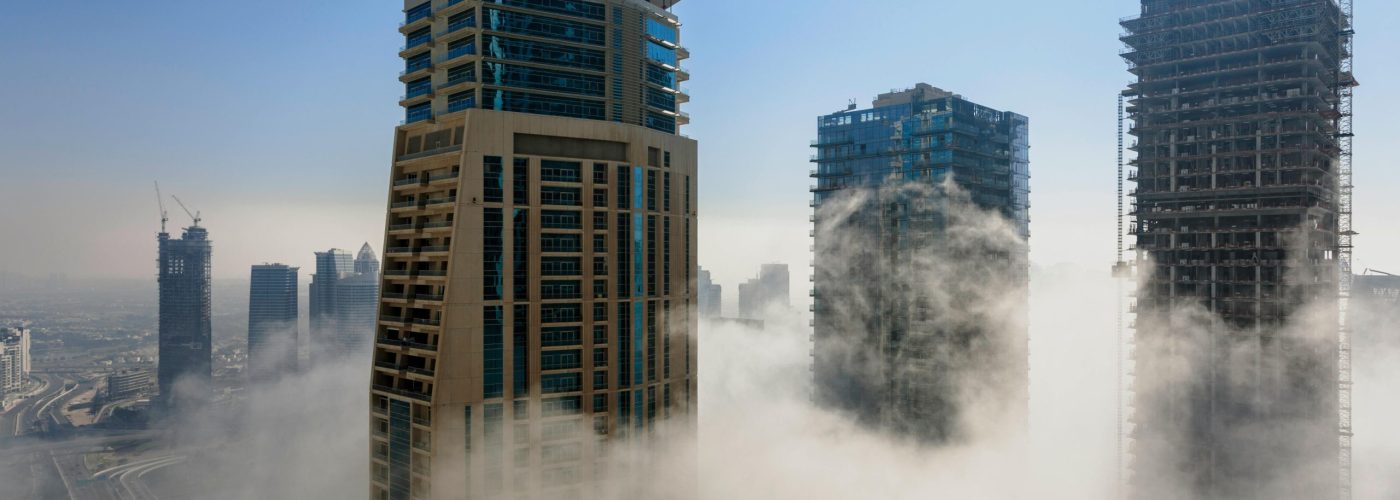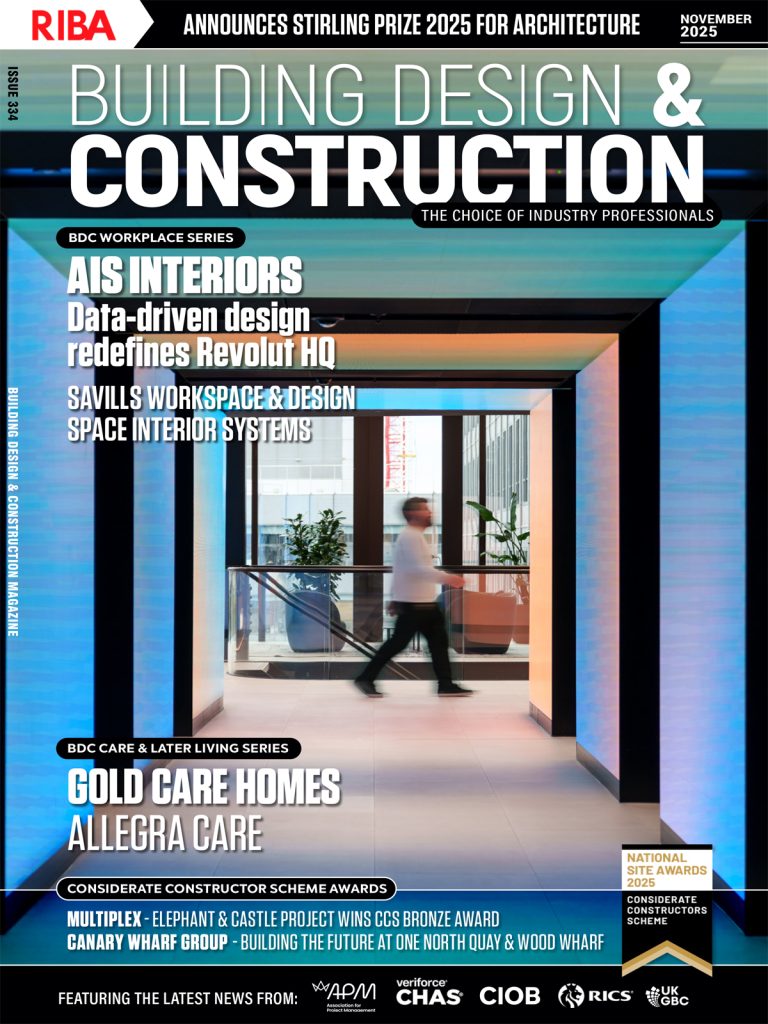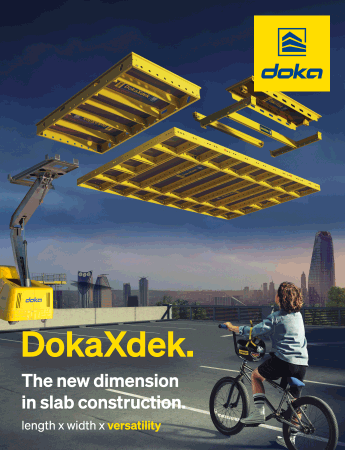With the ever-increasing need for secure fire-resistant storage, especially in residential and commercial developments, the application of fireproof safe technology is emerging as a complex consideration for construction experts. This article focuses on these systems, their selection considerations, and their integration with contemporary security frameworks.
Over 147,000 fire incidents in England were reported in 2023, according to the UK Home Office’s Fire and Rescue Incident Statistics. An overwhelming share of these amounted to residential fires. As is typical, fire detection and suppression systems are integrated into the building’s specifications, however, safekeeping sensitive and irreplaceable items remains inadequately addressed at the design stage.
This article investigates the integration of fireproof safes into construction and refurbishment projects. It navigates the practical challenges that selection of products poses and considers the alignment of storage subtility by contractors, developers, and facilities managers in the context of advanced fire protection policies.
The Importance Fireproof Safes Have in Construction Fireproof safes are not regarded as additional features for users, but rather built into as security systems in new constructions and during renovations. These safes are used for securing documentation pertaining to the construction of a building, tenant possessions, and even sensitive digital media, all while offering protection against fire, unauthorised access, and breach.
Due to recognized standards like EN 15659 and UL 72, modern fireproof safes are tested to endure high temperatures for specific durations, typically 30, 60 and, in some cases, 120 minutes. In more advanced structures like mixed-use or commercial offices, the ability to protect sensitive contents such as legal contracts, legal digital backups, and even legal records from fire damage is becoming a tier one requirement and is often included for specification writing.
Balanced and dynamic risk management is becoming prevalent as construction teams work alongside facilities to determine if static, concealed, or floor-mounted storage will best fit a building’s operational and security needs early on.
Understanding the Role of Fireproof Safes in Construction
Choosing a fireproof safe involves balancing fire protection, security rating, and intended use. Fireproof safes are often rated not only by how much heat they can withstand, but also how much physical attack they can endure, usually according to standards like the European EN 14450 or the EN 1143-1 for higher security applications.
A safe’s internal layout can differ greatly depending on whether the contents are paper documents, digital media, or cash and jewellery. For example, data safes require additional internal insulation and moisture control because electronic devices and hard drives are more sensitive to heat and humidity than paper.
In the construction of fireproof safes, the method of installation also affects the weight. Most large units need reinforced flooring or fixed anchorage points to secure them in place. For construction projects with limited space, wall-mounted or underfloor units save square footage without compromising internal layout design.
Typically, fire resistance ratings are broken down by how long they last, for example, 60 or 120 minutes of protection, as well as by the type of content. Understanding the specific rating and certification is essential during product selection because a safe rated for 60 minutes protecting paper may not digitally safeguard data for the same duration.
Key Considerations for Selecting Fireproof Storage
As risks of fire and theft continue across the built environment, residential and commercial schemes are integrating secure storage into the early stages of the planning process. For residential projects, especially more luxurious or multi-unit apartments, demand for built-in security is leading to the installation of fireproof safes during fit-outs.
In commercial contexts, secure storage is routinely incorporated in server rooms, finance offices, or document storage. Increasingly, office buildings are installing safes not only for security, but also as part of comprehensive disaster recovery plans to shield vital materials from external threats, fire, and tampering.
In these public sector buildings, including schools and healthcare facilities, the provision of fireproof storage enables compliance with data protection and record-keeping legislation. Safes in such settings are frequently used for personal records, medication logs, or digital equipment, forming part of an overarching risk mitigation strategy.
More and more construction professionals are considering these requirements during the mechanical as well as electrical planning stages, so that installation of systems by subcontractors dealing with HVAC, electrical, and access systems is performed in a safe manner and does not interfere with other systems.
Looking Ahead
As we know from the construction of screw thread fireproof safes, fire as an operational threat is becoming a concern. These structures incorporate sophisticated safety and security features, while fireproof safes are increasingly common, no longer an afterthought. Given the rigorous testing these safes undergo and their design for various applications, they will osutn—be useful for numerous enduring regions in the constructed environment.
For some industries, such as legal practices, healthcare, education, and high-end residential properties, where document retention, data protection, and asset preservation are of primary importance, this is particularly remarkable. The use of fireproof safes signifies a shift toward fortification building architecture. With policies now focusing more on risk exposure and continuity planning, secure storage systems will soon become standard in design briefs. Moreover, advanced material technologies and small form factors enable these units to be spatially and visually unobtrusive. Their integration is increasingly becoming a rational approach in contemporary building design.





